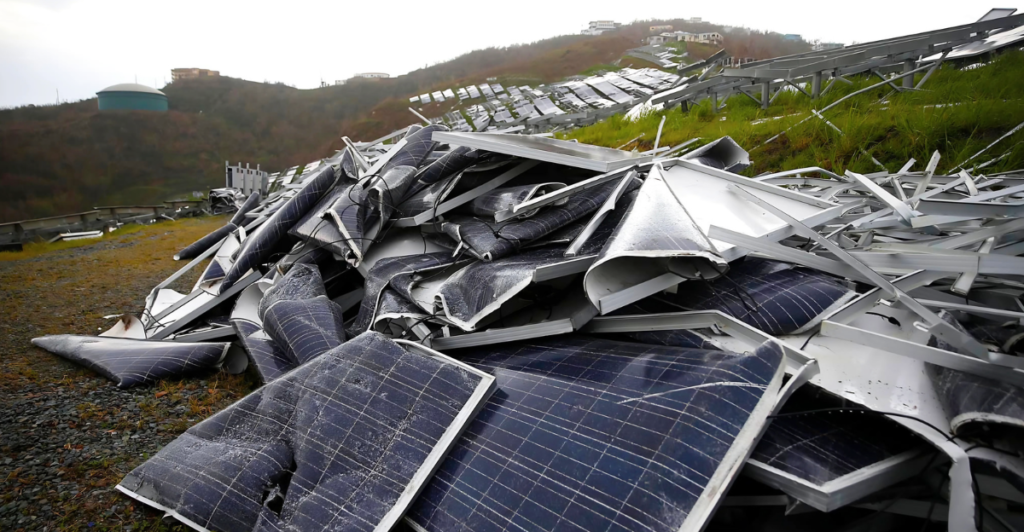
The Mojave Desert, stretching across parts of California, Nevada, Utah, and Arizona, is home to the desert tortoise (Gopherus agassizii). This species has thrived in dry, barren environments for millions of years and is now being threatened by solar farm production and abandonment. Ironically, these renewable energy projects, aimed at combating climate change, may now pose a more immediate threat to the desert tortoise than climate change itself.
The Rise of Solar Energy in the Mojave Desert

The push for renewable energy has led to the development of large-scale solar projects in the Mojave Desert. Examples of solar energy farms include the Ivanpah Solar Electric Generating System covers roughly five square miles near the California-Nevada border, and the proposed Rough Hat Clark County Solar Project in Nevada, which spans over 2,400 acres.
Direct Impacts of Solar Farms on Desert Tortoise Habitat
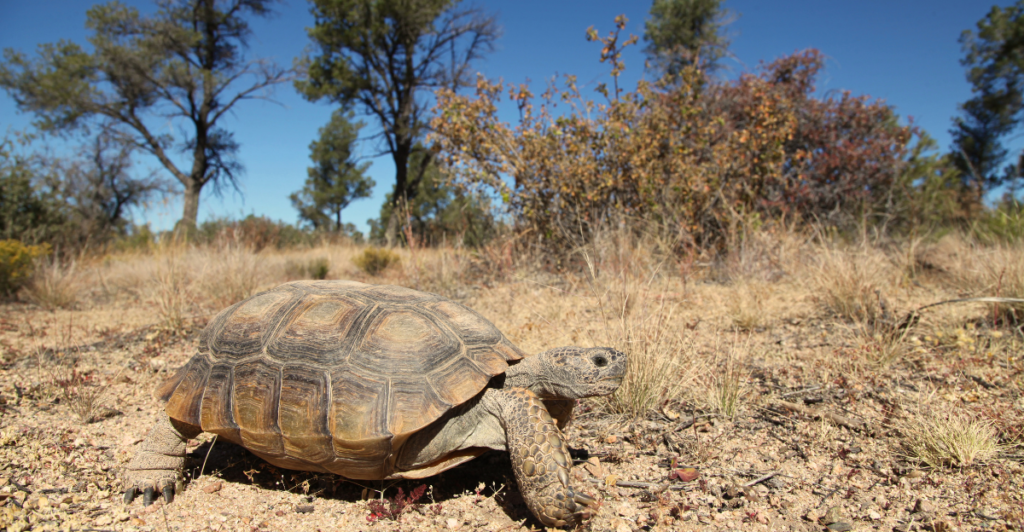
Constructing and operating solar farms requires extensive land clearing, directly destroying desert tortoise habitats, as well as those of many other animals. For example, the Rough Hat Clark County Solar Project facility cleared over 2,400 acres of public land which was home to an estimated 114 adult desert tortoises. Conservationists argue that such projects, despite their positive effects on the environment in the long term, eliminate important natural habitats.
Challenges to Relocation
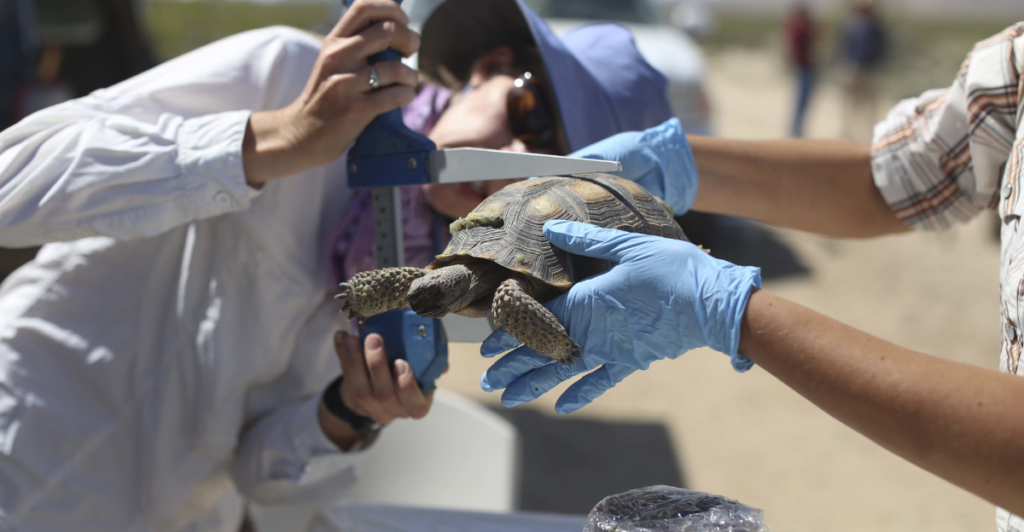
Relocating desert tortoises from development sites is increasingly challenging. When solar farms are built, species need to be relocated or do so on their own due to the loss of their habitat. Studies have shown that relocated tortoises result in high mortality rates, mainly due to predation. For example, in the Pahrump Valley, nearly 150 tortoises were moved from a solar farm construction site, but within three weeks, 33 were killed by predators, such as badgers that were also displaced.
Indirect Effects of Solar Farms
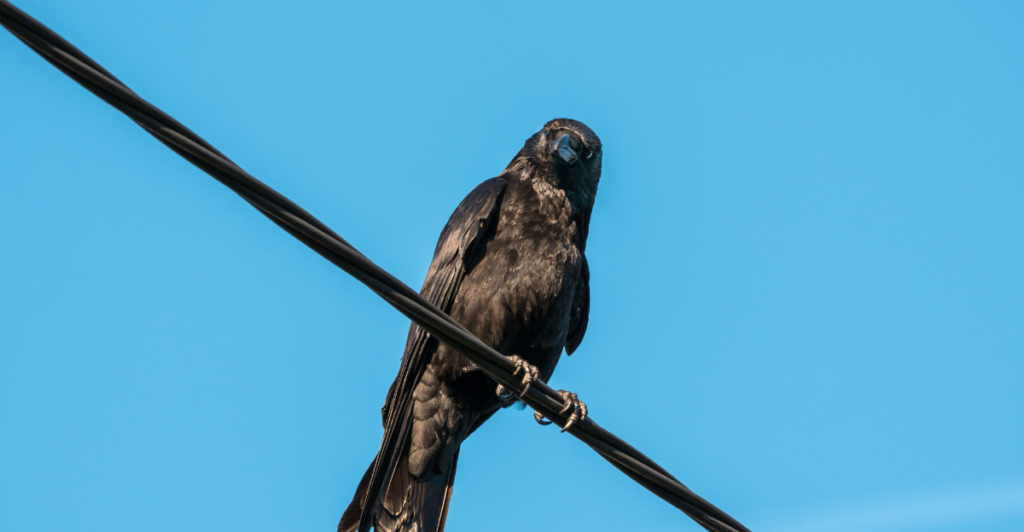
Beyond direct habitat destruction, solar farms introduce indirect threats to desert tortoises as well. These effects can be seen when looking at solar farm infrastructure, such as transmission lines. These lines, for example, give ravens (a natural predator of young tortoises) a place to perch. Therefore, an increase in raven populations around these farms increases predation pressures on tortoise populations.
Climate Change vs. Immediate Threats
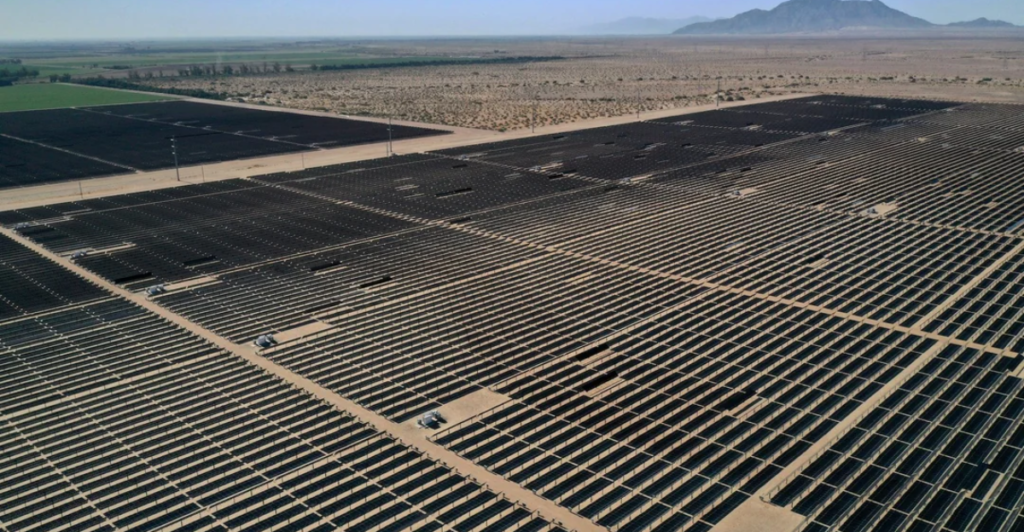
While climate change poses long-term threats to desert tortoises, such as altered rainfall patterns and vegetation changes, the immediate impacts of habitat destruction from solar farms are more pressing. As solar farm construction means clearing large areas of land, tortoise habitats are disrupted, creating barriers that prevent them from accessing vital resources. The rapid development of these projects can lead to swift population declines, challenging the species’ ability to adapt to both a disrupted environment and broader climatic shifts.
The Paradox of Renewable Energy Development
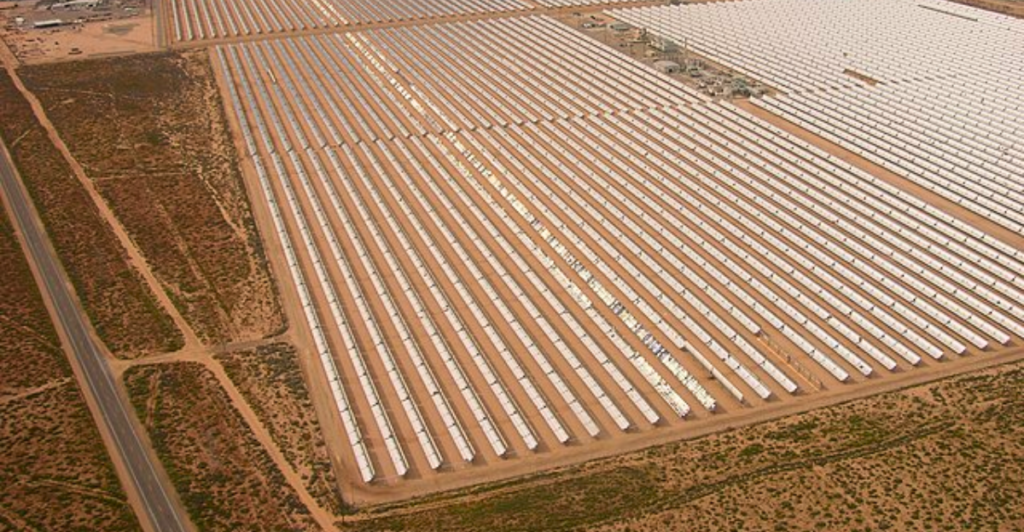
Ultimately, the development of renewable energy projects in the desert presents a paradox. While these developments aim to reduce greenhouse gas emissions, they can also harm local ecosystems. Statistics show that habitat loss outpaces climate-driven threats as rising temperatures reduce juvenile tortoise survival by 25% over time, and solar development eliminates 50-70% of tortoise habitats, showcasing how well-intentioned advancements in clean energy can also cause major harm to local ecosystems and species.
When Farms are Abandoned
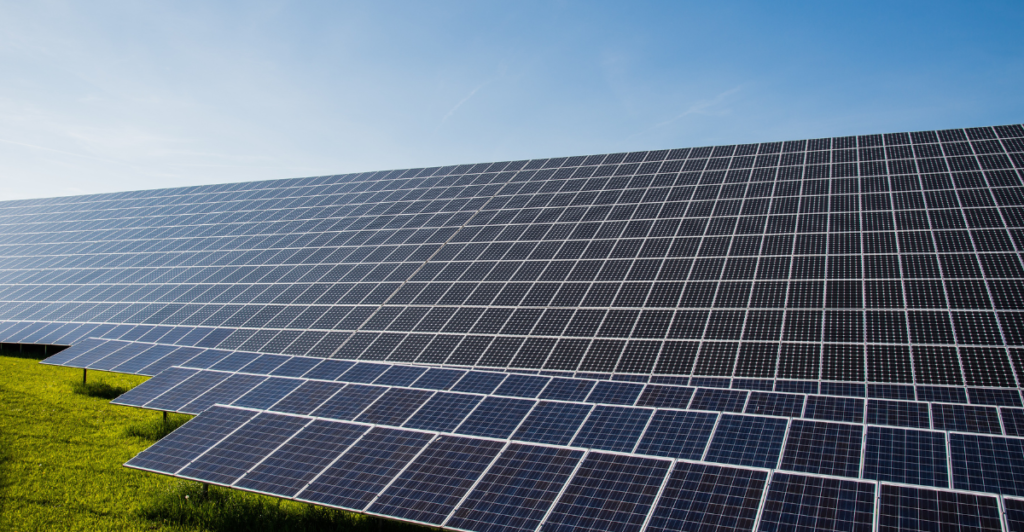
While renewable energy development and demands are increasing, there is also rising concern about the effects of abandoned solar farms on now-disturbed habitats. For example, despite its initial promise, the Ivanpah solar farm, which had been known to cause bird and tortoise fatalities as a result of its array of mirrors, has struggled to compete with more cost-effective photovoltaic technologies, leading to potential closures of its units by 2026. Abandoned farms will likely leave behind infrastructure that will create lasting ecological traps for desert tortoises, further threatening their habitat and survival.
The Collapse of SunPower
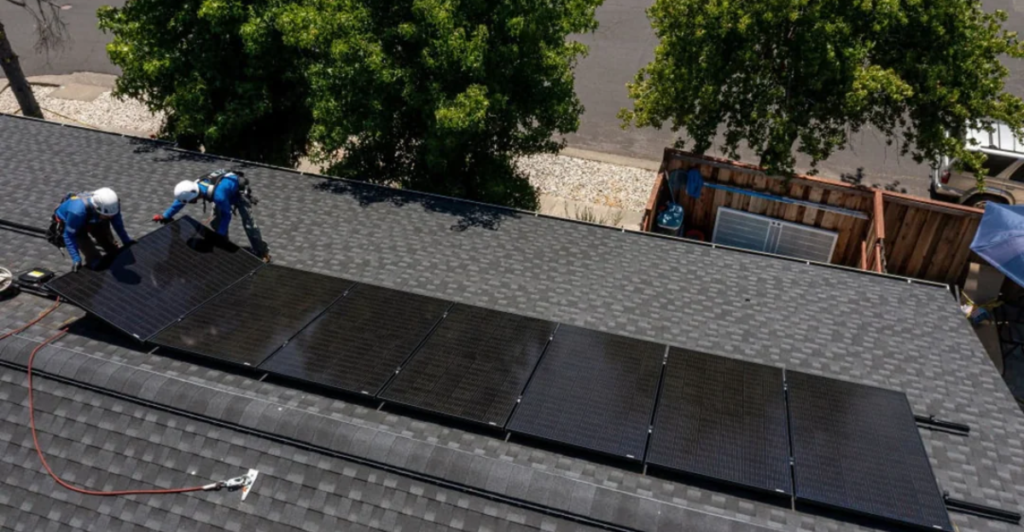
A shining example of how solar farms can negatively affect natural habitats is the collapse of SunPower, a top residential solar installer. The company, which received a $6.7 million government grant from the Department of Energy in 2022, is on the brink of total collapse. As projects are halted or abandoned due to financial instability, previously disturbed habitats may go unmonitored and unmanaged, leading to further loss of habitats and ecosystems.
SunPower and other Abandoned Facility’s Effects
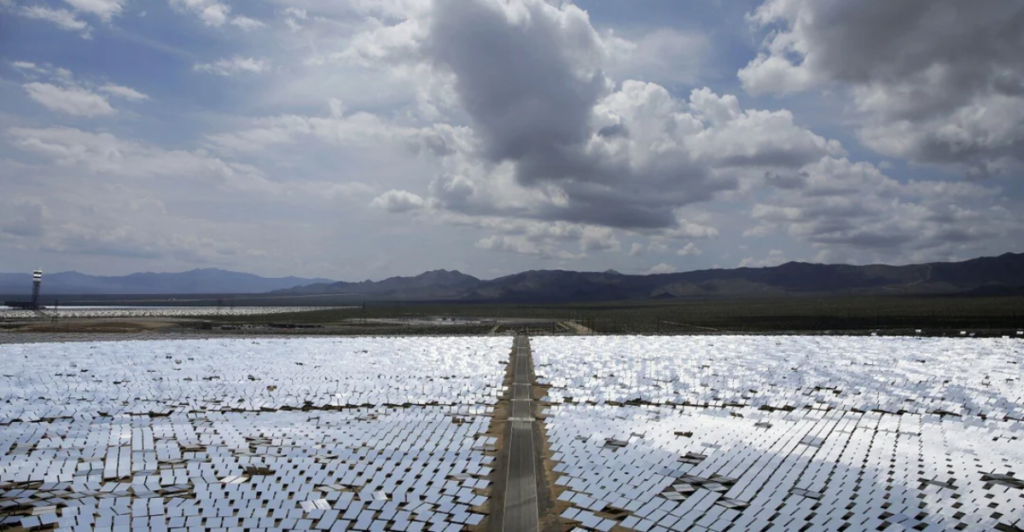
Abandoned facilities, such as those potentially left behind by SunPower, will lead to increased predator species, such as ravens, and invasive species, which force tortoises to compete for food or further destroy their habitats as they spread. The collapse of such companies not only disrupts ongoing conservation efforts but also risks leaving vulnerable species in a risky position as their habitats continue to degrade without proper management or restoration efforts.
Alternative Approaches
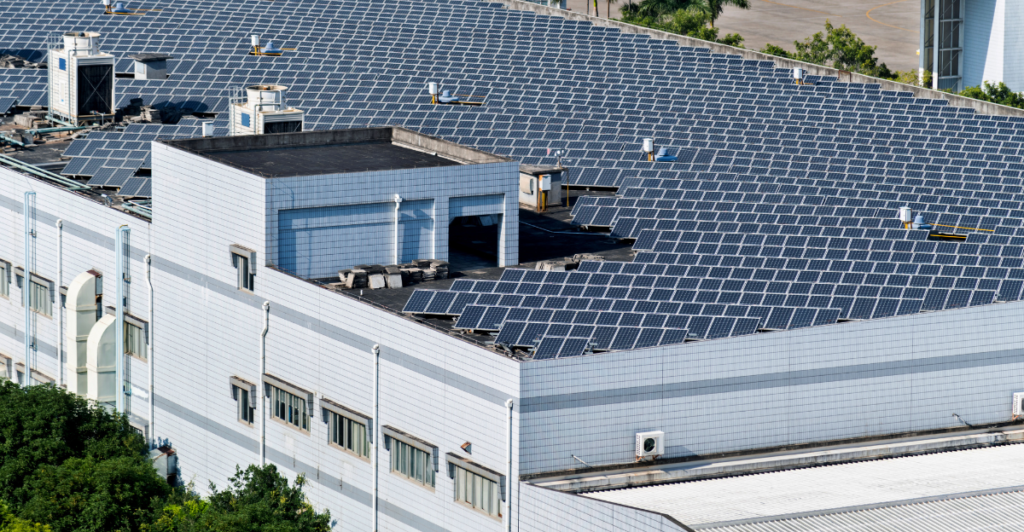
Experts suggest alternative approaches to lessen the effects of solar development on desert tortoises. For example, we could use already-degraded lands, such as warehouse rooftops or abandoned agricultural fields, for solar installations instead of requisitioning open landscapes that house a plethora of species. This strategy ultimately minimizes the impact on untouched desert habitats and reduces conflicts with wildlife conservation efforts.
The Role of Conservation Organizations
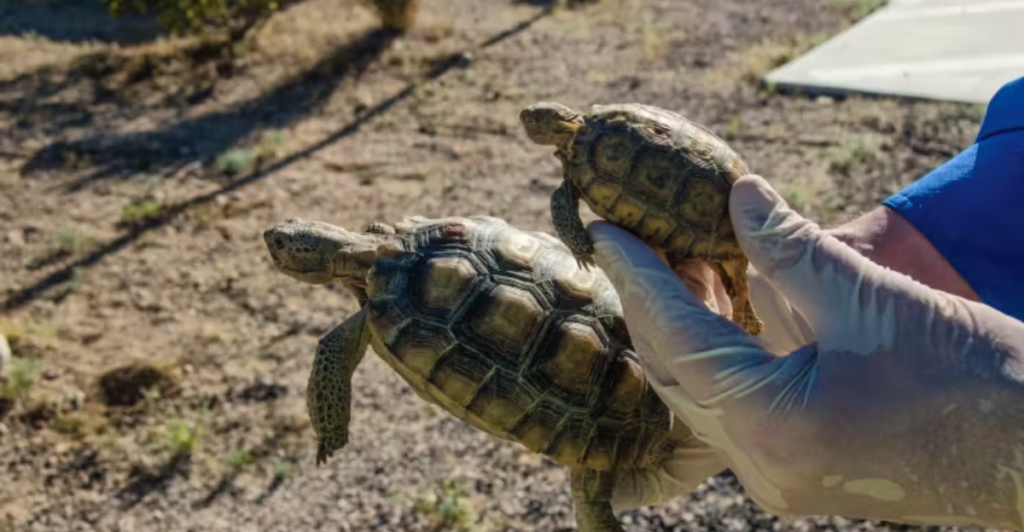
Organizations, such as Defenders of Wildlife, are actively working to balance energy development with species conservation. They suggest and advocate for careful planning and site selection for renewable energy projects to ensure minimal disruption to critical habitats. A key part of balancing renewable energy developments with conservation efforts is the collaboration of conservationists and energy developers to achieve sustainable outcomes.
Restoring Balance in the Face of Advancement
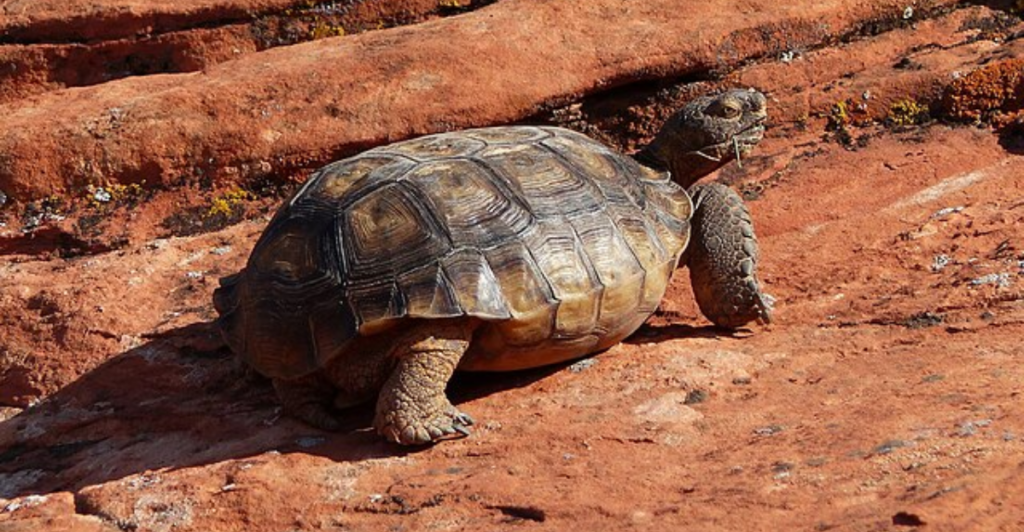
The desert tortoises’ struggles highlight the complexities between environmental conservation and renewable energy development. As society strives to combat climate change through sustainable energy sources, we also need to consider and mitigate the unintended consequences on vulnerable species. Further, we need to act when solar farms are no longer needed to restore what we previously disturbed in an effort to reestablish habitats and biodiversity.
Explore more of our trending stories and hit Follow to keep them coming to your feed!

Don’t miss out on more stories like this! Hit the Follow button at the top of this article to stay updated with the latest news. Share your thoughts in the comments—we’d love to hear from you!







